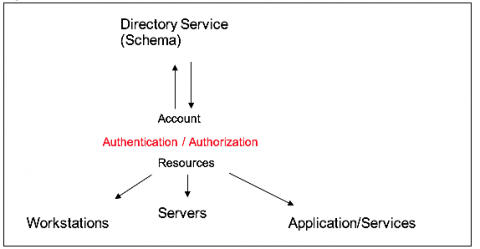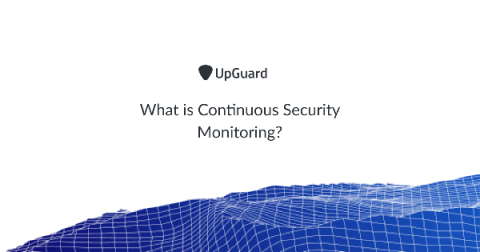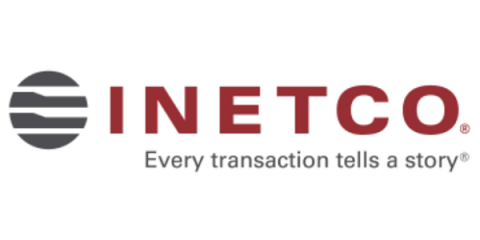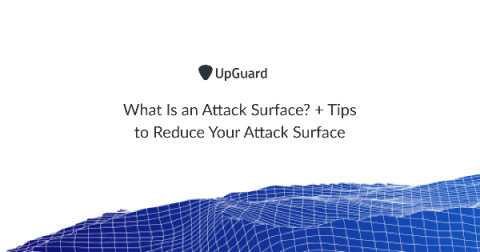Security | Threat Detection | Cyberattacks | DevSecOps | Compliance
Latest News
What is Continuous Security Monitoring?
Continuous security monitoring (CSM) is a threat intelligence approach that automates the monitoring of information security controls, vulnerabilities, and other cyber threats to support organizational risk management decisions. Organizations need real-time visibility of indicators of compromise, security misconfiguration, and vulnerabilities in their infrastructure and networks.
The top 10 most-targeted security vulnerabilities - despite patches having been available for years
Newly-discovered zero-day vulnerabilities may generate the biggest headlines in the security press, but that doesn’t mean that they’re necessarily the thing that will get your company hacked. This week, US-CERT has published its list of what it describes as the “Top 10 Routinely Exploited Vulnerabilities” for the last three years.
Tips to Deliver the Level of Security and Experience Customers are Relying On
Welcome to blog 2 of our 3-part series featuring top recommendations to help financial institutions (FIs) navigate the impact of COVID-19 on their payment business. Last week’s blog shared tips to manage the surge in online and mobile banking transactions. This week, we’ll focus on card-not-present fraud. As we inch closer to June, the coronavirus continues to affect consumer purchasing behaviors – including an immense payments shift towards digital banking and e-commerce.
What is Compliance Oversight?
Regulatory compliance is continuously evolving, which makes it increasingly imperative that everyone involved in the Compliance Management System (CMS) understand their responsibilities. Various sectors mandate oversight, including healthcare, finance, and cybersecurity. It is also a foundational business practice to safeguard company reputation and demonstrate integrity to consumers and the public. Compliance management is a top-down system, like most workplace cultures and business processes.
Why cybersecurity In the healthcare sector needs improvement
A recent attack on a hospital in Brno, Czech Republic (a COVID-19 testing center)ehowed the extent to which weaknesses in a health center’s cybersecurity system can endanger the lives of patients. During this attack, patients had to be redirected to other hospitals and vital surgeries were postponed - all during a time in which vital testing needed to be carried out and releases needed to be sped up. A study published in the journal Technological Health Care by CS Kruse et al.
Cybersecurity use cases for better remote workforce management
In the new normal, if your business has chosen remote operations, this might attract malicious actors. Hackers prey on the remote workforce whose vulnerability has increased in multifold ways. While infrastructural concerns, such as working outside the corporate IT network and using home Wi-Fi are inevitable, other issues, including using personal devices and retaining privileges to access more than required business resources add to the magnitude of this vulnerability.
What Is an Attack Surface? + Tips to Reduce Your Attack Surface
The attack surface of your organization is the total number of attack vectors that could be used as an entry point to launch a cyberattack or gain unauthorized access to sensitive data. This could include vulnerabilities in your people, physical, network, or software environments. In simple terms, your attack surface is all the gaps in your security controls that could be exploited or avoided by an attacker.
Survey: Nearly Two-Thirds of Orgs Have Experienced COVID-19 Related Attacks
This new world is putting a strain on organizations’ digital security defenses. First, malicious actors are increasingly leveraging coronavirus 2019 (COVID-19) as a theme to target organizations and to prey upon the fears of their employees. Our weekly COVID-19 scam roundups have made this reality clear. Second, organizations are working to mitigate the risks associated with suddenly having a large remote workforce.
Inter-institutional Collaboration, Part 1: Articulating Data Concerns
In an earlier blog, Collaboration in the Modern Biotech Era, we explored the scope, dynamics, and complexity of collaboration in modern biotech and how “…these external partnerships have made the life sciences industry more distributed, networked, and collaborative than ever before.” But data security, integrity, structure, and storage present a number of concerns that need to be addressed to strengthen your GxP compliance envelope when working with external partners.










